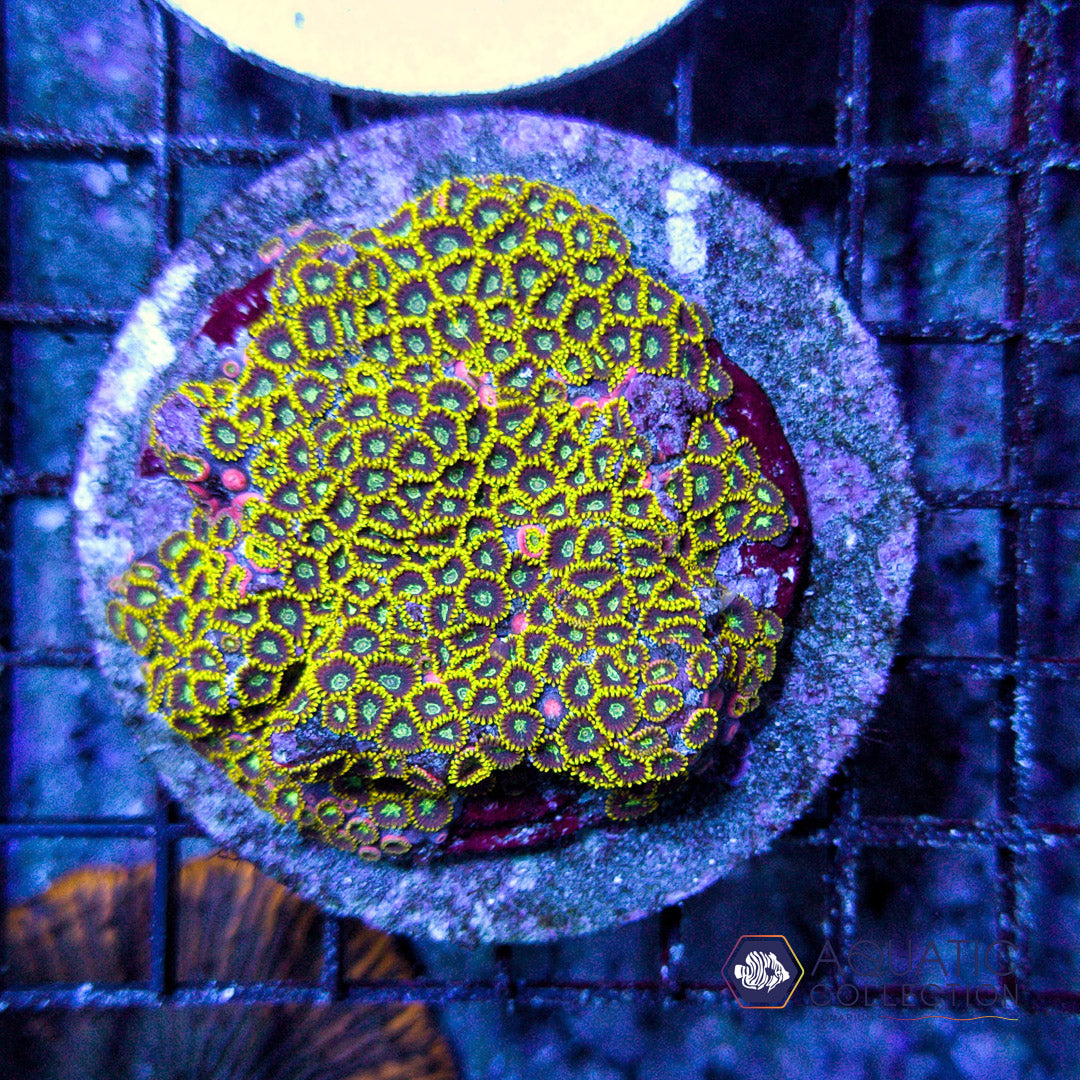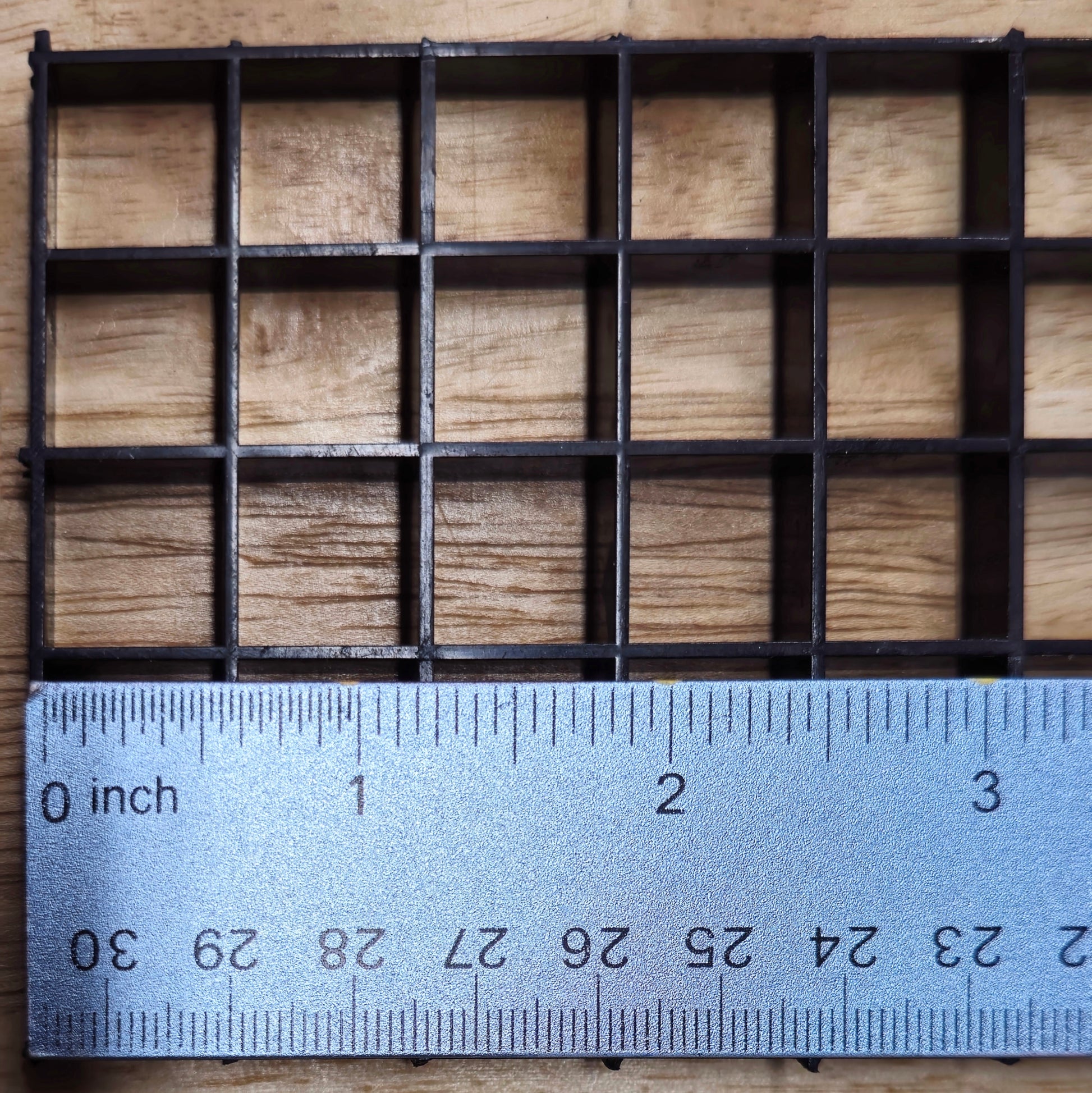1
/
of
2
Aquatic Collection Aquarium
Yellow Zoanthid Colony
Yellow Zoanthid Colony
Regular price
$312.50 USD
Regular price
Sale price
$312.50 USD
Unit price
/
per
Shipping calculated at checkout.
Couldn't load pickup availability
Species: Zoanthids
Approximate Size: 3"
Colors: Purple, Yellow, Pink, Green
Zoanthids, commonly known as "zoas," are a group of colonial marine invertebrates belonging to the order Zoantharia. They are popular in the marine aquarium trade due to their vibrant colors and unique appearance. Here’s a detailed description of zoanthids:
Appearance
- Colony Structure: Zoanthids form dense colonies composed of numerous individual polyps. Each polyp can vary in size, typically measuring between 0.5 to 2 inches in diameter.
- Coloration: They exhibit a stunning range of colors, including bright greens, blues, purples, reds, and yellows. Some species have striking patterns or multi-colored rings around their mouths.
- Mouth Structure: Each polyp has a central mouth surrounded by tentacles, which can be short and stubby or longer, depending on the species. The mouth is typically a contrasting color to the surrounding tissue.
Habitat
- Natural Environment: Zoanthids are found in various marine environments, from shallow coastal waters to deeper reefs. They thrive on hard substrates such as rock and coral rubble.
- Symbiosis: Like many corals, zoanthids have a symbiotic relationship with zooxanthellae, the photosynthetic algae that live within their tissues. This relationship allows them to benefit from the nutrients produced by the algae through photosynthesis.
Behavior
- Feeding: Zoanthids are primarily carnivorous and capture planktonic food particles and small invertebrates using their tentacles. They can also benefit from the nutrients derived from their symbiotic algae.
- Reproduction: Zoanthids can reproduce both sexually and asexually. Asexual reproduction often occurs through budding, where new polyps emerge from existing ones. Sexual reproduction can involve the release of gametes into the water column.
Care in Aquariums
- Lighting: They prefer moderate to high lighting conditions, but certain species can thrive in lower light levels. Proper lighting helps enhance their coloration.
- Water Flow: Moderate water flow is beneficial, allowing for the distribution of food while preventing detritus accumulation.
- Water Quality: Stable water parameters are crucial for their health. They prefer stable salinity, pH, and temperature, similar to other reef inhabitants.
- Placement: Zoanthids can be placed on rocks or in areas with moderate water movement. They should be positioned carefully to avoid shading from taller corals.
Compatibility
Zoanthids are generally considered peaceful and can coexist with a variety of tank mates, including other corals, fish, and invertebrates. However, caution should be taken with aggressive species that may compete for space or directly harm them.
Potential Risks
- Noxious Compounds: Some species of zoanthids can produce harmful compounds, such as palytoxin, which can be dangerous to humans if handled improperly. It's essential to wear gloves when working with them.
- Invasive Nature: Zoanthids can spread quickly in a tank if conditions are favorable, potentially overgrowing other corals.
Share




